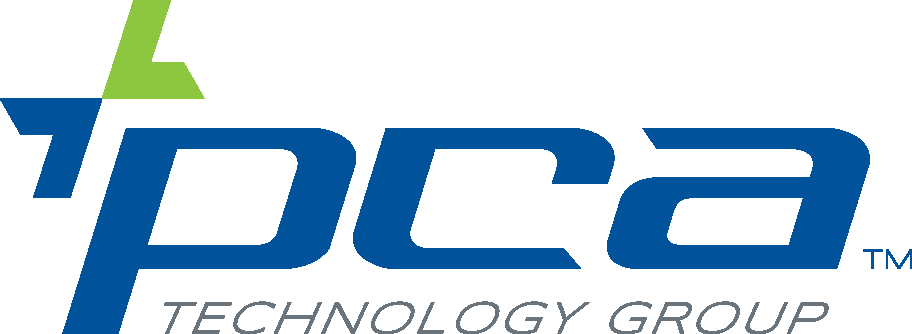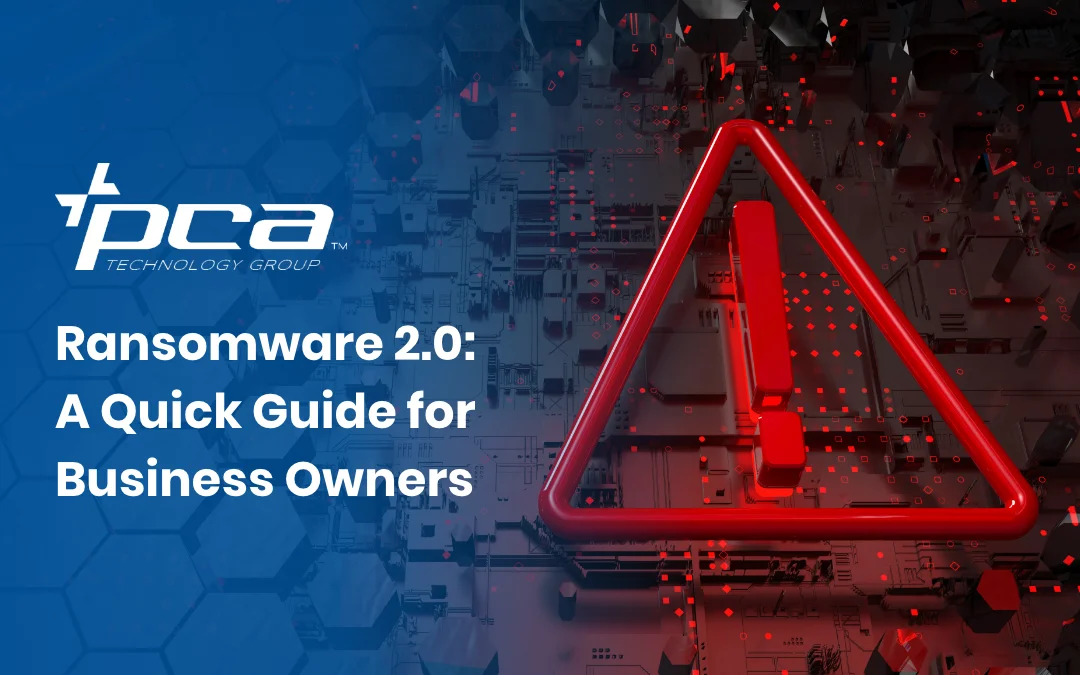Since the first known ransomware attacks in 1989, ransomware has come a long way from infected floppy disks. Now, it does not even need a physical vessel to infect a system and hold your data hostage. It can do so by exploiting unsecured internet connections, launching phishing attacks, and deploying infected links and attachments (though you should still be wary of connecting unverified storage devices to your system).
Ransomware has also consistently evolved into new, insidious forms that take advantage of new technologies and new methodologies. Among these new forms is ransomware 2.0. Use this guide to learn more about ransomware 2.0 and how to better protect your systems from it.
What is ransomware 2.0?
Traditional ransomware operates by infiltrating a system and then encrypting the data it contains, rendering it inaccessible and unusable to the victim without a decryption key, which the attackers will only provide if their monetary demands are met. Ransomware 2.0 takes the usual methodology a step further.
Not only does it encrypt the data on a targeted system, but it also makes copies of the data, which the attackers will threaten to release publicly. The intent is to pressure the targeted organization into complying with the ransom or risk the exposure of classified financial data, proprietary business information, and customers’ private information.
Such exposure can exact financial losses due to loss of reputation and trust, loss of competitive advantage, and fines and penalties from regulatory bodies. Furthermore, the data extracted from target organizations can be used in future targeted phishing campaigns or to extort people by threatening to reveal embarrassing and shameful information.
Why is ransomware 2.0 becoming more popular?
Cybercriminals are turning to ransomware 2.0 because it’s a lot more effective at making victims comply with their ransom demands. One of the greatest defenses against traditional ransomware has been the use of data backups, which allow targeted organizations to restore as much of their data as possible without ceding to the attacker’s demands. Ransomware 2.0 bypasses this measure by adding the additional threat of exposing an organization’s private data.
How to protect yourself from ransomware 2.0
Ransomware 2.0 is a serious threat to businesses, but you can protect your systems from it by taking the following precautions:
Update your systems
Ensure your systems are up to date to thwart potential attacks exploiting legacy or unpatched assets. Regularly update devices such as routers, firewalls, and anything else that interfaces with the internet to minimize vulnerabilities.
Install firewall and threat detection software
Employ comprehensive antivirus and anti-malware software. Configure your firewall to filter out suspicious data packets and protect against both software and hardware-based attacks. Verify directly through your antivirus software before clicking on any links.
Train your team
Your team’s cybersecurity awareness is critical, as many ransomware infection vectors take advantage of human error to gain entry into a system. Implement a cybersecurity training program to educate employees on best practices for avoiding ransomware. Emphasize the importance of identifying phishing emails, suspicious links, and the use of VPNs, especially when connecting via public Wi-Fi.
Practice network segmentation
Implement network segmentation, which divides your network into smaller segments with unique access controls, firewalls, and security measures to isolate and contain potential threats. This restricts ransomware’s ability to spread to different, more critical portions of your network after initial infection.
Secure your endpoints
Harden your system’s endpoints — devices that face the internet, such as computers, mobile devices, and smart appliances — by implementing an endpoint protection platform (EPP). An EPP is a suite of systems, including data encryption, antivirus software, data loss prevention, and intrusion prevention, that work together to detect and counter threats that target endpoint devices.
It also benefits you to establish a vulnerability and patch management program to identify and correct possible weaknesses in your endpoints.
Restrict user access privileges
Limit user access to only the data necessary for their workload. Employ the least privilege principle and implement role-based access control (RBAC) policies to prevent some forms of ransomware from spreading between systems. Consider implementing a zero trust model as well, which assumes any user or file may be compromised, and thus requires users to verify their identities at every access level. You should also look at multifactor authentication, which sends a one-time password to your phone or email, which you use in conjunction with your username and password each time you access an account.
Protect emails
Use an email gateway and sandboxing system as the first line of defense against malicious attachments and links. Email gateways monitor and filter both outbound and incoming emails for potential threats hiding within them. Meanwhile, sandbox systems create a simulated but isolated environment within which suspicious emails and files can be opened, allowing users to check for malicious codes.
Perform regular security assessments
Regularly test your systems through security assessments, penetration testing, and phishing simulations to identify and address weak points proactively.
Back up your data
While ransomware 2.0 circumvents the effectiveness of your data backup and recovery systems — in some cases even targeting it — you should still maintain them. Robust data backups continue to be an effective measure against traditional ransomware and other cyberthreats, and ensure faster recovery times following a data loss incident.
Consult with a PCA Technology Group expert to learn more about how to protect your systems from ransomware 2.0 and other cyberthreats. Contact us today.


